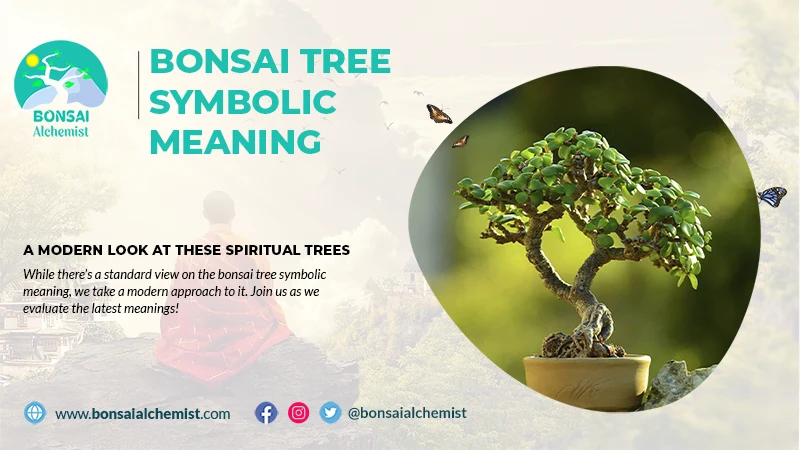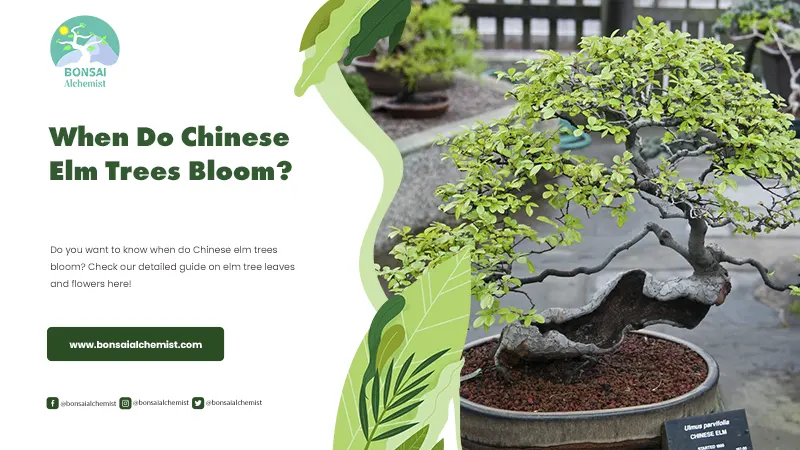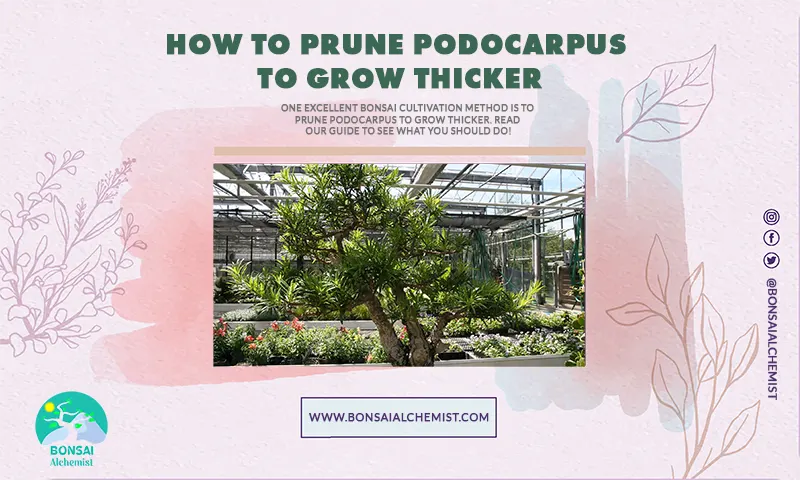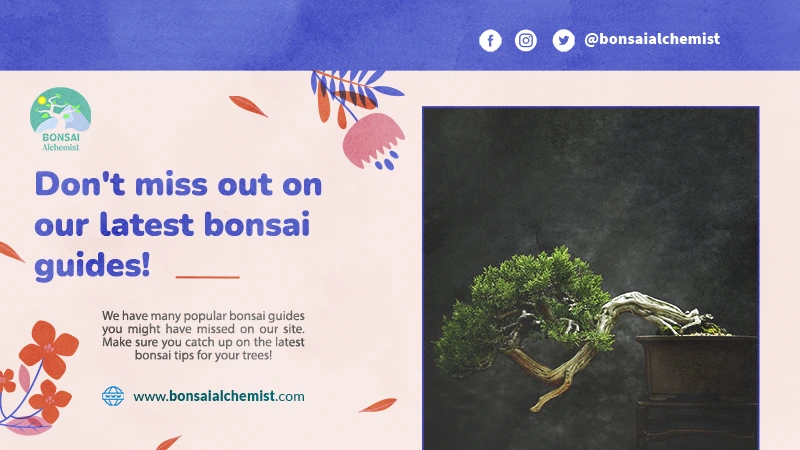Spruce Tree Bonsai | Picea
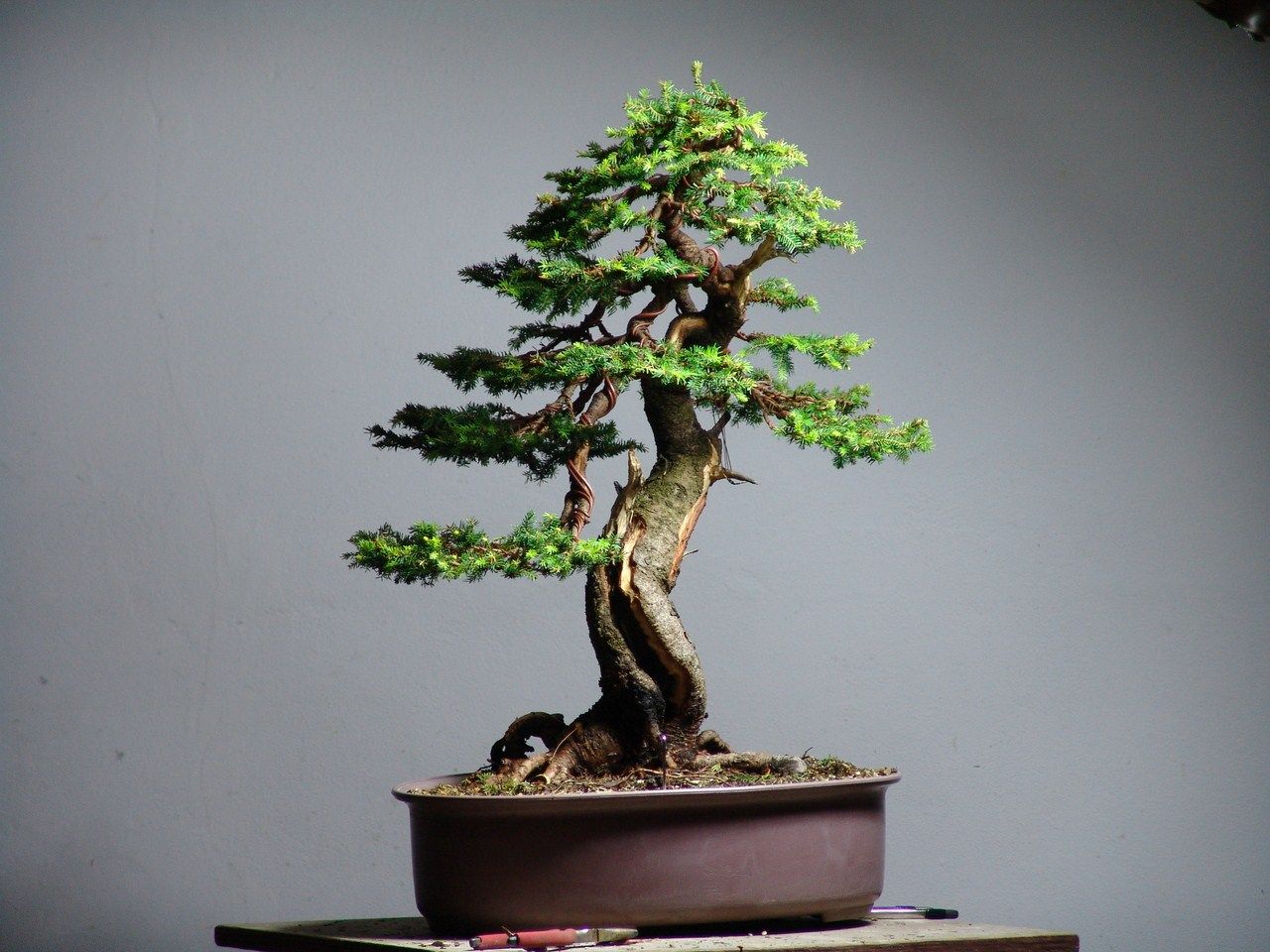
The Spruce tree forms part of the Picea genus with a large number of species. It’s one of the most popular conifers for bonsai enthusiasts due to the delightful sheen of the needles. Of all the species, Picea pungens glauca is a favored Spruce bonsai thanks to the blue-green foliage.
Here’s the list of topics we’ll cover:
Here’s the list of topics we’ll cover:
Quick Spruce Tree Bonsai Care Sheet
Our guide covers the entire genus of the Spruce tree instead of a specific species. Most of these guidelines remain the same for all of them.
Here’s a quick TL;DR for Spruce bonsai care in case you don’t have time to read our entire article.
Recommended soil
Standard mix with grains for better stability, ensuring good drainage
Watering
Only water when the soil becomes dry. Summer will need more watering than winter
Potting season
Late fall or early spring, every two years for younglings and four years for adults
Light
Summer and spring: full sun; winter: semi-shade and protection from frost
Humidity
Medium to high
Fertilizing
Every two weeks or monthly during autumn and spring; no feeding in summer and winter.
Propagation methods
Seeds and cuttings
Pests and diseases
Aphids, mites, miners, gall adelgids, caterpillars, budworms, rust, needlecast
Growth patterns
The branches and leaves grow in whorls, with most of the development taking place in spring.
Recommended styles
Most styles can be used, but the informal and formal upright ones are challenging due to foliage
Native area
Boreal and northern temperate regions
Scientific Classification
- Division: Pinophyta
- Class: Pinopsida
- Order: Pinales (pine)
- Family: Pinaceae (pine)
- Genus: Picea (spruce)
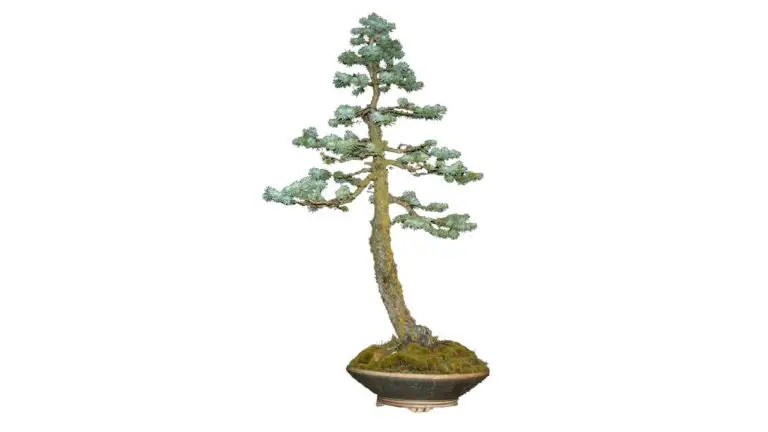
How to Care for a Spruce Bonsai
Caring for a Spruce tree can be tricky, especially if you’ve never had experience with this type of conifer. You’ll need to ensure you have them in the right conditions; otherwise, there’s a good chance it could die.
Here’s a detailed guide for how to care for a Spruce bonsai.
Best Soil
Fortunately, the one aspect any Spruce tree isn’t too worried about is the pH level. You can get away with neutral, alkaline, or acidic content as long as there’s organic content. However, you should aim for a grainy substance to provide better stability in the first year.
You’ll need to ensure that there’s sufficient drainage, too. The roots don’t like lying in water or moist soil for too long, and it can cause many fungal diseases. When you pour the water, you can test the saturation by timing how quickly the liquid dissolves into the substrate.
Watering and Humidity
While most bonsai benefit from daily watering in spring and summer, the same can’t be said for the Spruce tree. Sure, it still loves having sufficient liquid to drink, but in the right quantities. Feel the top three inches of the soil to see whether it’s dry before you replenish. You’ll want to water less in the winter.
The Spruce bonsai loves humidity all year round. Since it’s an evergreen, you should also mist the leaves in winter to prevent them from drying out. The more moisture you spread into the surrounding air, the better.
Repotting
When the Spruce tree is a youngling, you should transplant it every two years. Since the roots form large balls, you’ll want a slightly deeper pot than bonsai standards. Narrow ones won’t cut it, and you’ll also need to be careful when pruning the more delicate hairs on the roots.
When it becomes more mature, you can transplant it every four to five years. The older it becomes, the less vigorous the roots develop. You can repot your Spruce bonsai in late autumn or early spring before you see new life appear on the foliage.
Shaping and Pruning
The middle of spring is the ideal time to do some light pinching to control the new growth. Never remove all the needles on a branch, as the Spruce tree will be reluctant to develop new ones on it. Remember to keep the whorl patterns as much as possible without ruining the design.
You can wire and shape in late spring when growth slows down, and there’s less chance of you causing severe damage. This season is also the right time to do some heavy pruning if you want to cut back large branches.
Location and Sunlight
Since the Spruce tree loves sunlight, you’ll want it outside in spring and summer. Place it in a location where it receives direct light during the morning and evening, granting shade in the afternoon. If you don’t shield it from the noon light, the leaves will start turning brown.
In winter, the Spruce bonsai goes through a dormant period and doesn’t need as much light. You can bring it inside during this time to protect it from frost and cold temperatures. The lesser sunlight will also let it get the rest it needs.
Fertilizing
You’ll need solid fertilizer in spring when the new leaves develop. Ensure that you provide it every two weeks so that it has sufficient food. You’ll want to apply the same measure in autumn so it can store carbohydrates in the winter.
In summer, you can slow it down to once a month or stop altogether. You shouldn’t feed it at all in winter, as it will be sleeping during this period. Feel free to spray a liquid iron or chelates solution on the foliage to encourage a richer green color.
Propagation Methods
There are two viable propagation methods for any species in this genus. When it comes to seeds, you’ll need to give them a cold pre-treatment that simulates winter dormancy. You can collect Spruce tree seeds in autumn and winter and plant them in early spring.
You can also use cuttings that you take in late autumn or early spring. However, these are more challenging. Roots can take up to two years to appear, and you may get the impression the cutting is doing well due to the green leaves. However, if you don’t see any roots by the third year, the chances are it won’t develop any.
Pests and Diseases
Unfortunately, many pests and diseases assail the Spruce tree genus. For this reason, it’s tricky to master the art of bonsai for any of its species. You can still have a robust, green, beautiful specimen if you take corrective action and precautions as much as possible.
The most common issue is with spider mites. Summer causes dry weather that causes these pests to seek homes in the gree foliage. You’ll struggle to see them, but a yellow tinge at the base of branches is a good indication of an infestation. Some other problems you should watch out for include aphids, needle miners, gall adelgids, caterpillars, budworms, rust, and needlecast.
Growth Patterns
One aspect that makes the Spruce bonsai a beauty to behold is the whorl patterns of the needle leaves. They develop quickly over spring while settling down over summer and coming to a complete standstill by winter. You’ll need to pinch at the right places to control the form and shape of your stunning miniature tree.
The needles are shorter than that of pine trees, and they usually are born individually. If you look at it closely, the needles look diamond-shaped or with four sides. The flowers are cones, and you’ll find male and female cones on the same Spruce tree.
Recommended Styles
Many styles are popular for these species. You may find some Spruce trees with root-over-rock, cascading, or even windswept. Forests and slanted are also popular bonsai styles. You can play with several ideas, and you may even find a unique design.
The only issue is with the whorl needles and branches. Since they present such a tricky form, you’ll struggle with formal and informal upright shapes. You’ll need to decide which branches to keep and remove, and it can be challenging to craft something beautiful with either of these styles.

Spruce Tree Species Ideal for Turning Into a Bonsai
As we’ve mentioned already, the Spruce tree genus has numerous species. However, we have a select few that are worth considering as bonsai due to their color, style, and durability:
- Picea abies (Norway Spruce): red-brown bark, shiny needles, conical shape, and traditionally used by many countries as a Christmas tree;
- Picea engelmannii (Blue Engelmenn Spr.): native to North America, dwarf spruce bonsai, soft needles, smells like camphor when you crush the leaves, orange-brown cone;
- Picea glauca (White Spr.): blue-green needles that are prickly, green cones that turn brown when ripe, aromatic smell, doesn’t do well in summer;
- Picea glehnii (Sakhalin Spr.): the most common Ezo spruce bonsais, famous in Japan, has silver fir, conical shape, blue-green needles;
- Picea jezoensis (Yezo Spr.): likes semi-shade instead of full sunlight, the dark green needles are white underneath, doesn’t grow well in the eastern United States;
- Picea mariana nana (Dwarf Black Spr.): gray-green leaves, short cones, native in Pennsylvania up into Canada, narrow spire and form;
- Picea orientalis (Oriental Spr.): purple cones and short needles, grows tall in the wild, native to lands between Ontario and Ohio, best spruce tree for hot regions;
- Picea oungens (Montgomery Spr.): blue needs with compact growth;
- Picea pungens (Colorado Spr.): blue-grey foliage, native to North America, grows up to 150 feet;
- Picea rubens (Red Spr.): lives in high altitudes, red-brown bark with green needles, smells like candlewax or apples;
- Picea sitchensis (Sitka Spr.): the largest spruce trees that grow up to 300 feet, prickly needles, native to lands between Washington and Alaska.
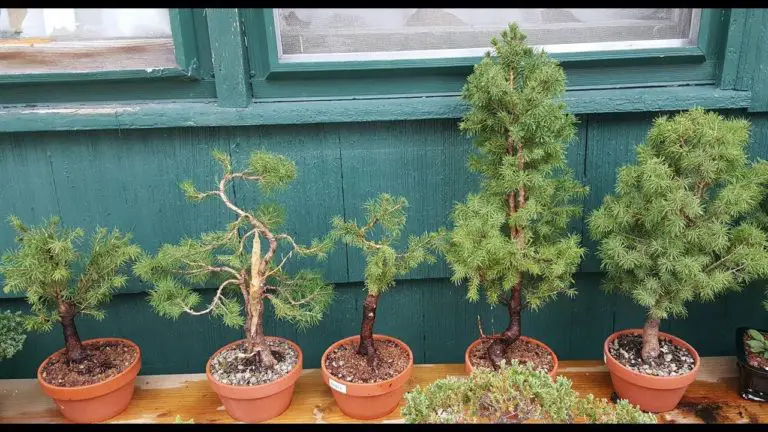
Considerations for Growing an Indoor Picea Bonsai
Now that you’ve seen which Spruce bonsais are available, there are a few aspects you need to consider before buying one. Developing one of these trees isn’t as easy as placing it in your home and watering daily. They need special care and attention.
Finding the Right Species
While all the species are part of the same genus, it doesn’t mean they all have similar requirements. If you read through the selective Spruce tree list above, you’ll notice that some of them prefer some shade to full sunlight. Ensure that you know which species you are purchasing so you can research the exact care details.
Specialized Wiring
The needle whorls make it exceptionally challenging to wire these bonsai trees. While a thin material will prevent too much damage to the foliage, you’ll still need to take extra care not to snap off the leaves. Work your way through them carefully and remove some nodes if you need to.
Don’t Prune Back Too Far
Branches don’t like being without any needles. That being said, don’t cut the branch back all the way to the trunk or supporting stem. It’s best to leave a small stump at the end, so it doesn’t affect the adjacent structure.
Buying the Appropriate Pot
We know that most bonsai enthusiasts aim for narrow, long pots to adhere to the classic style. However, the Spruce tree forms root balls, which doesn’t make narrow products idea. You should aim for something deeper so that the roots have enough space to form and breathe in the soil.
Common issues
You’ve seen how many pests and diseases can attack Spruce bonsais. While we don’t want to scare you off, we want to alert you to some of the more common problems owners of this tree have.
- Northern climates: If you live in the northern hemisphere, you may have to deal with Spruce budworms. These yellow-brown caterpillars start as larvae that live on buds and the developing young needles. You can easily remove these by hand when you find them.
- Needle scales: Some needles are host to long, white scales that slowly feed on the foliage. They won’t cause too much damage in isolation, but you should watch that they don’t overpopulate your tree. It’s best to get rid of them at first sighting.
- Cytospora canker: These borers target the lower branches before moving higher. When it infects one of your branches, it will eventually kill it. You’ll notice the leaves go from green to brown before dropping to the soil. You’ll need to cut off the entire branch.
- Needle casts: There are different kinds of needle casts. One makes the leaves change to yellow before dying off, while the other targets the lower branches as it spreads further up.
- Rust diseases: Numerous rust diseases can attack the Spruce tree, making needles turn yellow before dying.
Exciting Facts
Bonsai Alchemist is about to sign off, but we have one more aspect to share with you. There’s some fascinating information about this genus that makes it stand out among other bonsai:
- The Royal Botanic Gardens has a plant list that indicates 59 official Spruce names;
- Few seedlings survive the first season and year since they are susceptible to damage from many sources;
- When the Wright brothers developed their first aircraft, they used Spruce as the wood;
- Whitewood and North American timber are popular building materials in the US, also made from these trees;
- The largest Spruce tree is at Lake Quinault, believed to be more than 1000 years old. It reaches up to 191 feet tall with a girth of 58 feet and a diameter of 18 feet.
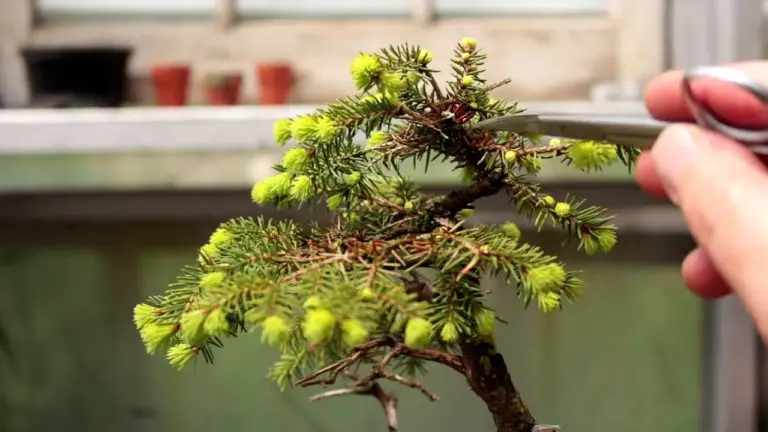
FAQs about the Spruce Bonsai
We’ve discovered several queries people always ask about the Spruce tree. Here are some of them below, but feel free to contact us if you have any more.
The Spruce tree is undoubtedly one of the most coveted ones to develop into a bonsai. Many species grow as tall as 300 feet in the wild, but it’s relatively straightforward to have them in a miniature form. They are prized for their glossy needles with various hues.
If you want to develop one from a cutting, prune the stem at an angle and keep only the upper third of the needles. You can pot the stem in loamy soil after applying rooting hormone to the lower end. You’ll need to keep the substrate moist as you wait for the new roots.
While the Spruce is within the Pine family, they don’t form part of the same genus or species. Calling their fruit pine cones is incorrect, as they are technically spruce cones.
While cuttings produce better results, some Spruce bonsai species work well with air layering. The roots will form while the branch remains connected to the tree, after which you can then remove and plant it in new soil.
Yes, you absolutely can! With careful pruning, you’ll need to maintain the traditional conical shape without pruning all the way back. You may cause the branches to die or other leaves to fall.


